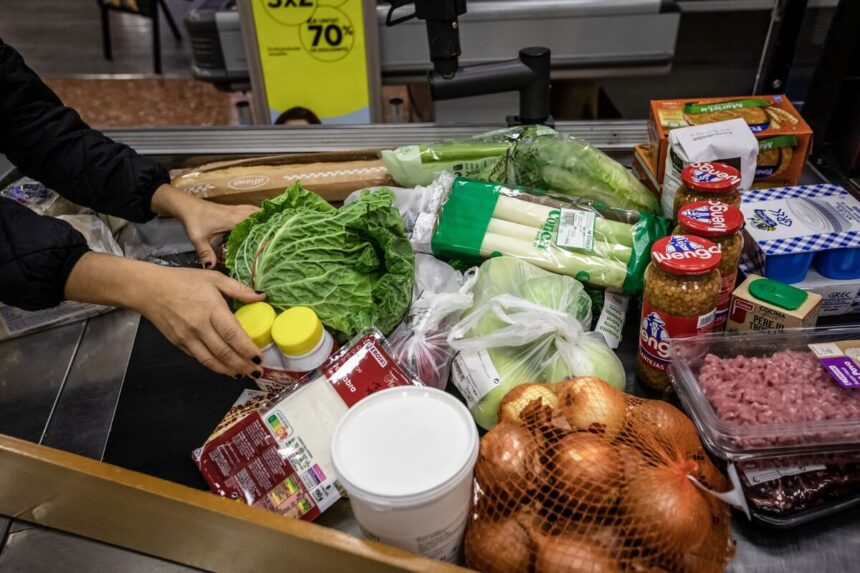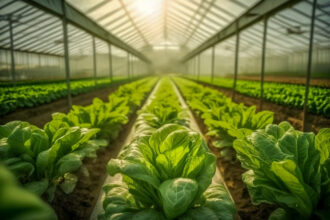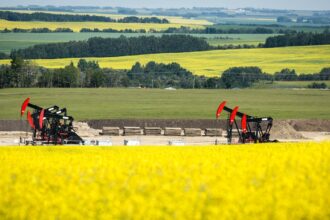As Canadians continue to wince at checkout counters nationwide, a more insidious force than inflation is driving up our grocery bills: climate change. The escalating frequency of extreme weather events has disrupted agricultural production across the globe, creating a ripple effect that’s hitting Canadian consumers directly in their wallets.
“What we’re witnessing is not a temporary spike, but rather a fundamental shift in our food systems,” explains Dr. Emma Richardson, agricultural economist at the University of Toronto. “Climate volatility has become the new normal for food production, and consumers are bearing the financial burden.”
Recent data from Statistics Canada reveals that food prices have risen 22% over the past three years, with climate-related disruptions accounting for nearly a third of those increases. The most affected items include fresh produce, grains, and dairy products—staples in the average Canadian household.
In British Columbia, unprecedented flooding in the Fraser Valley destroyed thousands of hectares of farmland in 2023, decimating local vegetable production. Meanwhile, prolonged drought conditions across the Prairies have reduced wheat yields by 18% compared to historical averages, driving up the cost of flour, bread, and pasta.
The impact extends beyond our borders. Canada imports approximately $48 billion in food annually, much from climate-vulnerable regions. California, which supplies nearly 70% of Canada’s winter vegetables, has grappled with historic drought conditions for years, forcing producers to invest in costly irrigation systems—costs that are passed onto consumers.
“We’re increasingly dependent on food imports from regions experiencing their own climate challenges,” notes Michael Chu, supply chain analyst at the Canadian Agri-Food Policy Institute. “When California strawberry production drops due to water shortages, Canadian prices jump immediately.”
The dairy industry hasn’t escaped unscathed either. Heat stress on dairy cows has reduced milk production by 8-12% during increasingly frequent summer heat waves, according to research from the University of Guelph. The resulting supply constraints have contributed to dairy products becoming 27% more expensive since 2022.
Experts warn that without significant adaptation measures, climate-driven food inflation will continue accelerating. The Canadian Climate Institute projects that by 2030, climate change could add $1,000 annually to the average household’s food budget.
Some Canadian farmers are implementing climate-resilient practices, including drought-resistant crop varieties, improved water management systems, and greenhouse technologies. However, these adaptations require substantial investment, further driving up production costs in the short term.
Policy experts suggest that government intervention may be necessary to shield consumers from the worst impacts. “We need coordinated action across all levels of government,” argues Dr. Sophie Martin from the Canadian Food Security Network. “This includes investments in agricultural research, climate-resilient infrastructure, and potentially subsidies for essential food items.”
For budget-conscious consumers, adaptation strategies include shifting toward locally grown seasonal produce, reducing food waste, and exploring alternative protein sources less susceptible to climate disruptions. Community gardens and urban farming initiatives are gaining popularity as Canadians seek to reduce their dependence on climate-vulnerable supply chains.
The relationship between climate change and food prices represents a complex challenge with no simple solutions. As we navigate this new reality, the question remains: will we make the necessary investments in climate resilience now, or continue paying an ever-increasing premium at the grocery store for years to come?
























